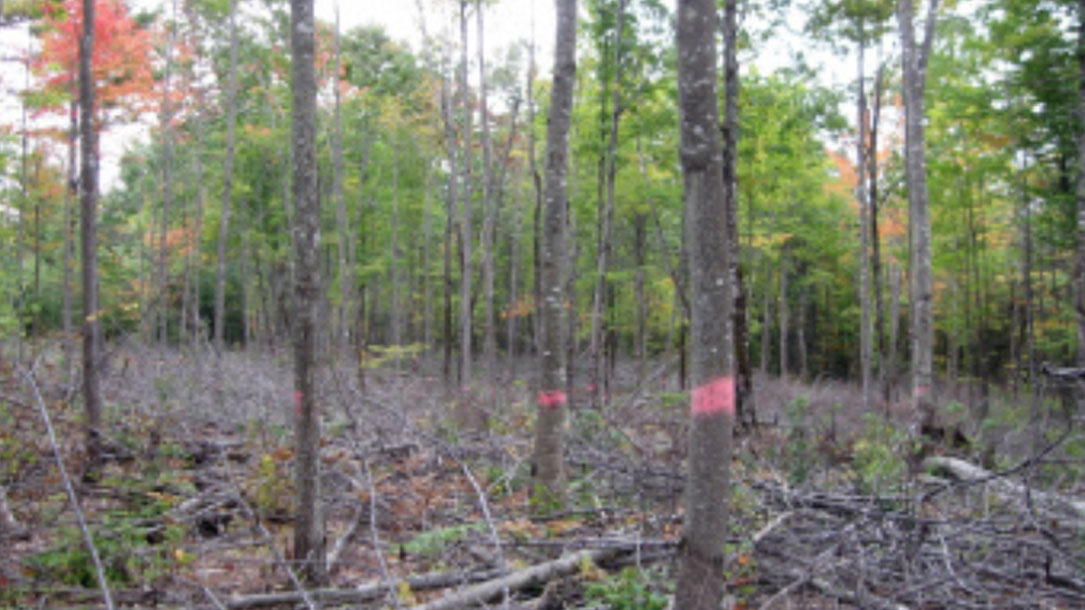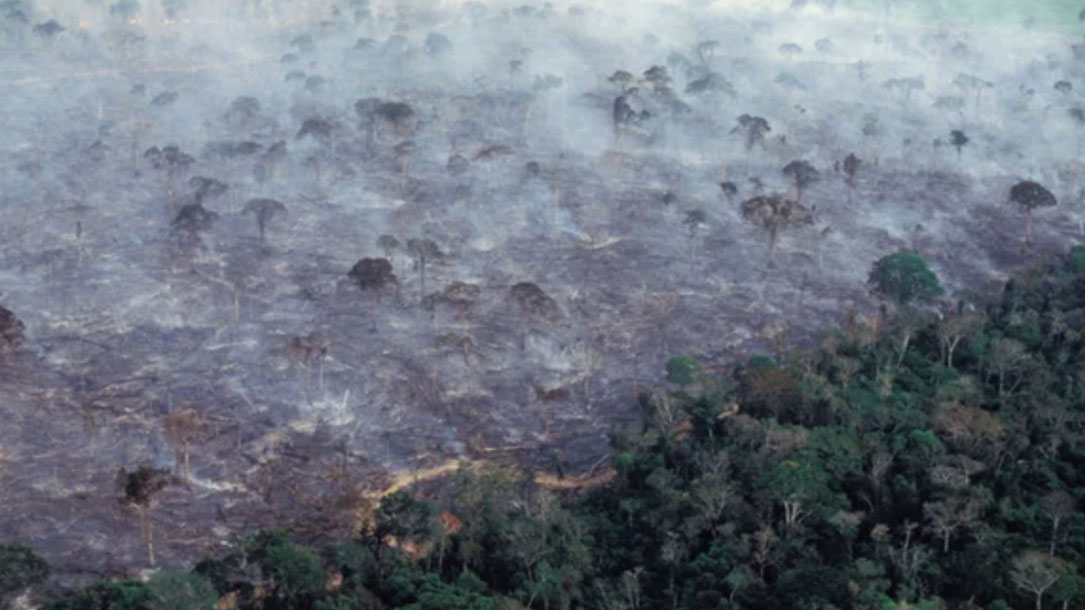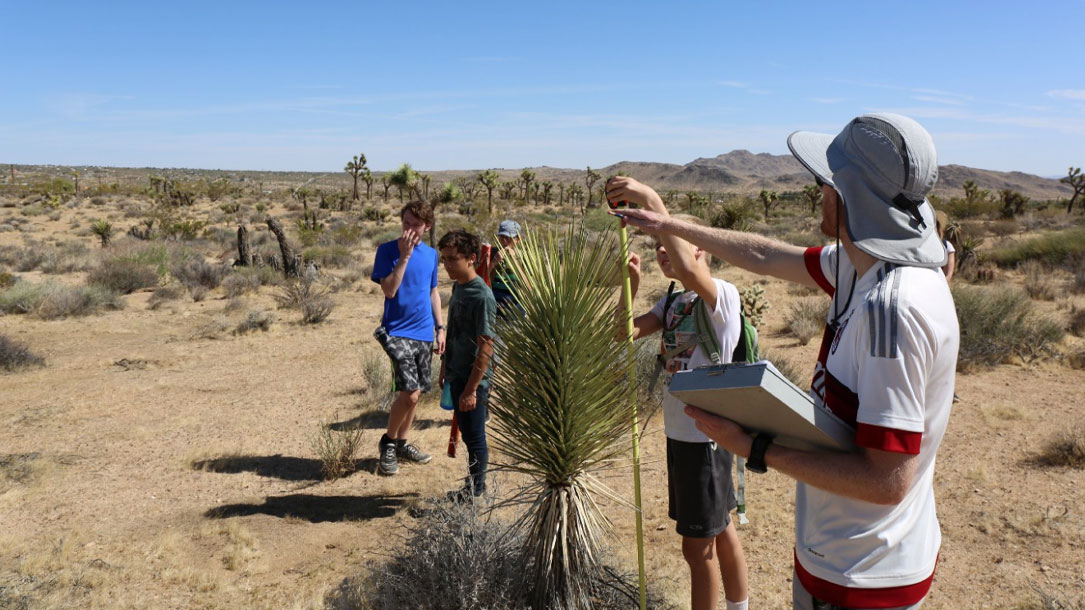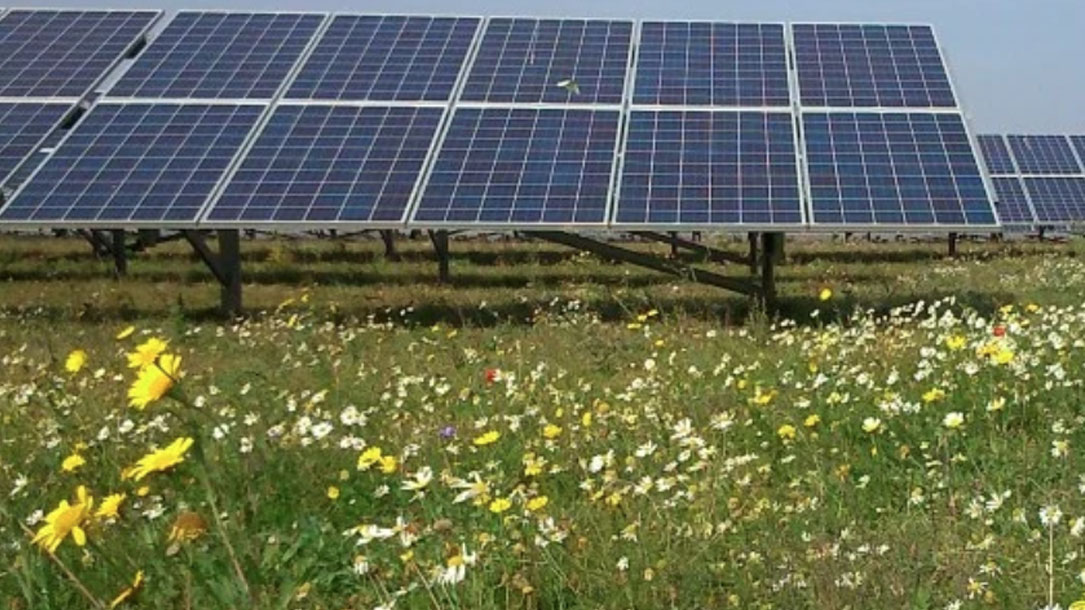Home > Climate News >

Fish species at risk from Lake Michigan warming
Warmer and wetter climate in the midwest could lead to the displacement of some cold water fish species in southern Lake Michigan and trigger die-offs in smaller inland lakes, according to a new report.
The research published last week by Purdue University found that the Great Lakes are warming along with the atmosphere due to the proliferation of greenhouse gases, the Chicago Tribune reported…
“They can’t really migrate much but up and down in the water column,” said Tomas Hook, a professor of fisheries and aquatic sciences at Purdue and director of the Illinois-Indiana Sea Grant.
“I would expect to see more die-offs in those types of systems. A lot of aquatic species don’t have the flexibility to migrate into new systems like terrestrial organisms do…”

Spring is coming earlier to wildlife refuges, and bird migrations need to catch up
Climate change is bringing spring earlier to three-quarters of the United States’ federal wildlife refuges and nearly all North American flyways used by migratory birds. This is a shift that threatens to leave migrating birds hungry and in a weakened condition as they are preparing to breed, new research shows…

UNH research finds Maine forest management hampering ability of forests to reap climate benefits
Over the last 20 years, Maine’s forests have become younger and less dense. As a result, forests are not providing the most climate benefits that they could through carbon sequestration and storage.
However, more carbon could be stored over the next 100 years with less frequent harvests of smaller amounts of wood from each acre, according to new research from the New Hampshire Agricultural Experiment Station at the University of New Hampshire.

Climate change is becoming a top threat to biodiversity
Warming rivals habitat loss and land degradation as a threat to global wildlife. Climate change will be the fastest-growing cause of species loss in the Americas by midcentury, according to a new set of reports from the leading global organization on ecosystems and biodiversity.

Students tracking climate change through the Joshua tree
The Joshua tree sweep is part of larger vegetation surveys looking at the entire plant community as well as the lizard population in each plot. They will return to each one over the coming years to track changes.
Dedicated crews of local volunteers act as citizen scientists, doing the monitoring once or twice a week. Some drive all the way from Los Angeles to take part. High school and college groups have been involved since 2016…

Five reasons farmers love wind & solar
If we are going to reduce coal, oil, and natural gas — to save thousands of species from extinction and avoid significant agricultural damage and loss due to extreme weather – plus find ways to make family farms viable in a changing climate, we are going to have to rethink how solar and wind are compatible with our conservation and community goals.
Check out five reasons why farmers often embrace wind and solar. Land trusts can help communities understand that the alternative to gearing towards renewables is often going out of business, selling for development, and family economic stress.

Making photography tell the stories: If we lose the ice, we lose the entire ecosystem’
You, like Paul, a former marine biologist, can inspire change and help people connect the dots in compelling ways as we face 30 years to slow down climate change in a way that will save the species we love, and the communities as we know them. Why? Because, as Paul notes…

Planting a mix of tree species ‘could double’ forest carbon storage
The new study, published in the Proceedings of the Royal Society of London B, looks at one such question – “How could the number of tree species present in a forest affect its ability to store carbon?”
The results show that the most diverse forests are “faster” at storing carbon, says study co-author Professor Bernhard Schmid, a plant biologist from the University of Zurich.
“With increased species richness, more carbon is stored both above and below ground – in trunks, roots, deadwood, mould and soil. You can roughly say that a diverse forest stores twice the amount of carbon as the average monoculture.”

Can ground mounted solar farms be wildlife havens?
“Research suggests that the negative impacts of solar installation and operation relative to traditional power generation are extremely low. In fact, over 80% of the impacts were found to be positive or neutral. Yet, it is clear that if it involves the removal of woodland to make space for solar power this can cause a significant contribution to CO2 emissions, but still far lower than coal-based electricity.”
Solar farms can enhance wildlife habitat (and can be compatible with grazing)…

Beavers—once nearly extinct—could help fight climate change
Many conservationists have been trained to think that dams are bad-news for wildlife. With climate change, droughts, and increasingly extreme weather, we are rethinking that.
For example, on the Puget Sound, beavers are being reintroduced to enhance salmon stocks. Small dams might be something we need to consider, and this article gives some ideas of where to start…












